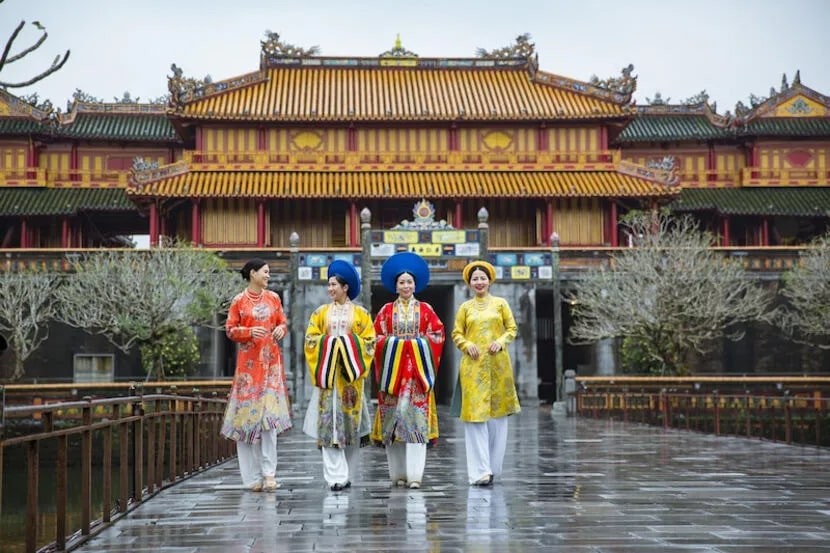Top 10 Best And Funniest Activities For Small Children
Educational activities for children aid in the child’s overall development and instill textbook knowledge in children through informal means. These activities make learning less stressful and more enjoyable. Here are some of the best and funniest activities you can enjoy with your children.
1. Sunflower Word Family
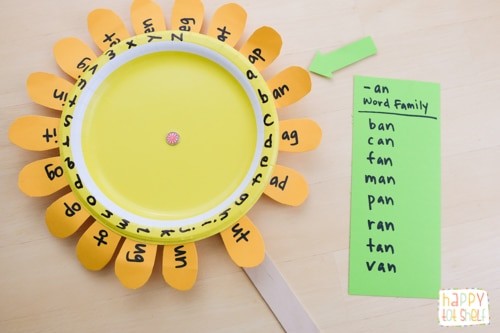 |
| Photo: Happy Tot Self |
Word Families are group of words that have same ending group of letters and thus have the same ending sound. For example, big, pig, rig, wig are part of the “ig” word family and can, ban, ran, tan are part of the “an” word family.
Kids just learning to read can explore different sound combinations with a word-family sunflower. Write word endings on the petals, fill a paper-plate center with all the letters of the alphabet, then let kids spin and read the results.
2. Pipe Cleaner Constellations
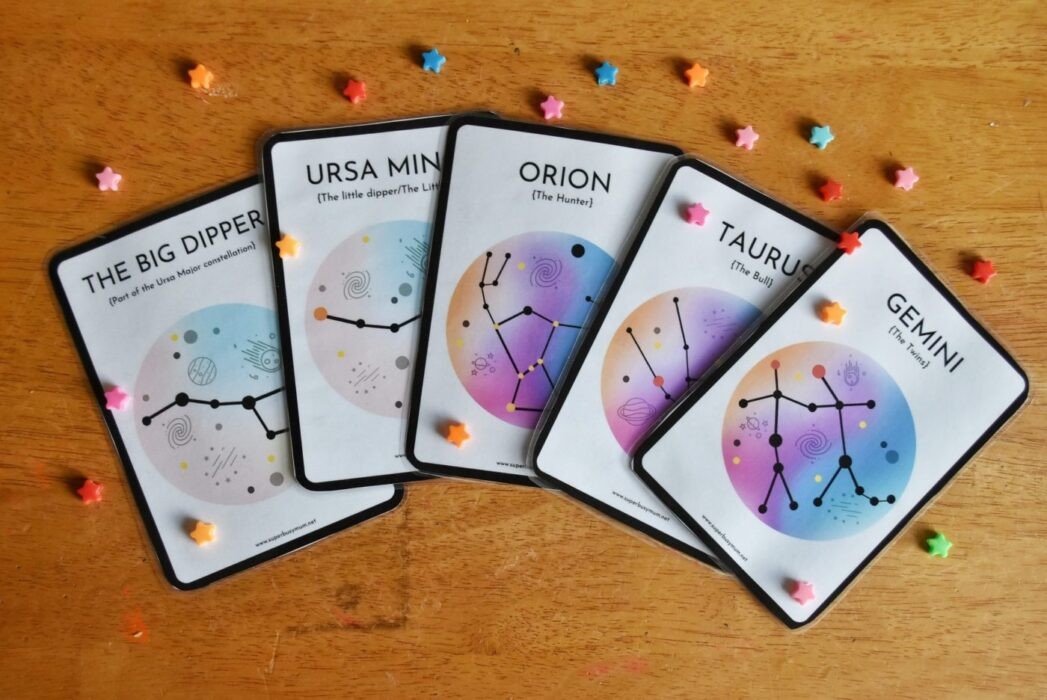 |
| Photo: Super Busy Mom |
Lots of classrooms make students create dioramas of the solar system, but what about mapping out other celestial bodies? This activity uses pipe cleaners and beads to give kids a hands-on way to learn how stars connect to form different constellations.
A constellation is a fancy term for a grouping of stars that make up some sort of picture. They are often named after mythological characters, people, or objects. Just think of constellations as a giant game of connecting the dots! Long before maps and GPS systems, people used the groupings of stars in the sky to help them navigate to where they wanted to go and keep track of the different seasons. Pretty neat, huh?!
Your children will have fun exploring the patterns stars make with this hands-on constellation activity for kids! After exploring constellations for kids through books and websites, allow your kiddos to build a few popular constellations with pipe cleaners and beads! This pipe cleaner constellation is a simple STEM activity and fun engineering and science activity the kids will love.
3. Chromatography Flowers
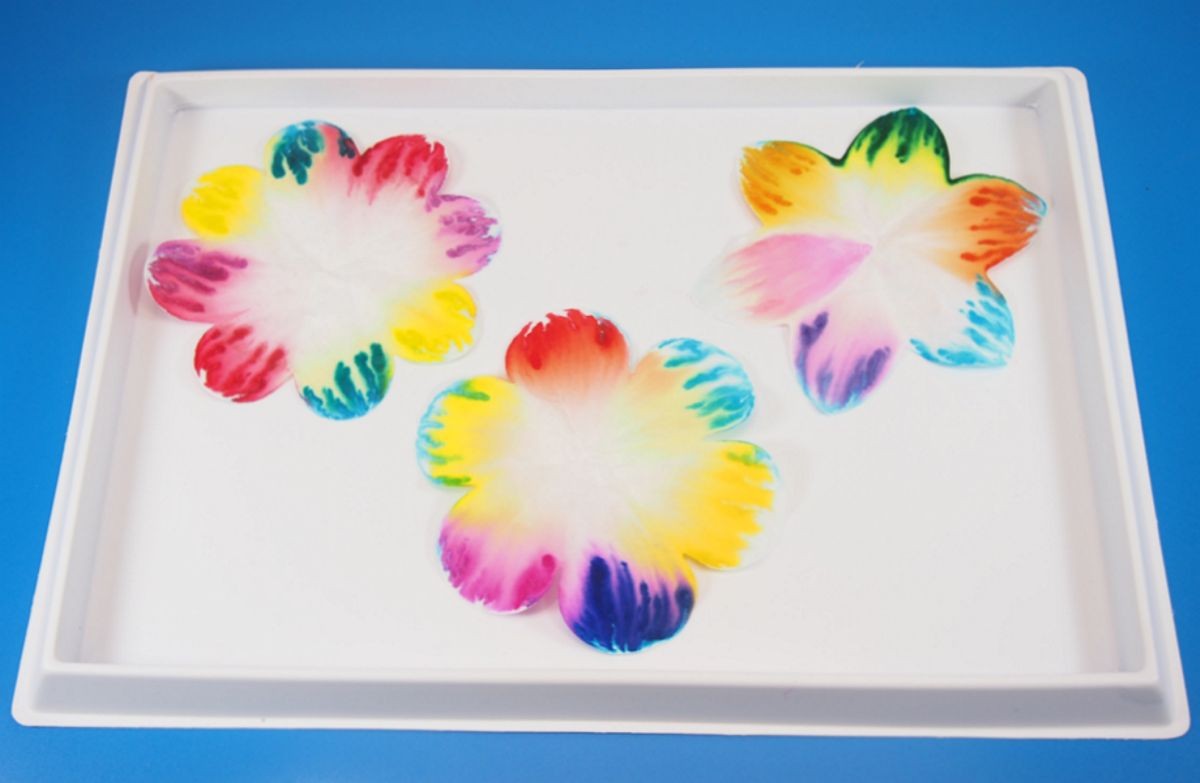 |
| Photo: Royclo |
This is a science experiment that turns into something you'd want to display on a desk or table. Draw stripes on coffee filters with markers, and then fold them up into triangles and dip the pointy end in water; the water will travel up the filter and separate the marker into different pigments, making a cool pattern on a flower-shaped filter.
4. Counting game
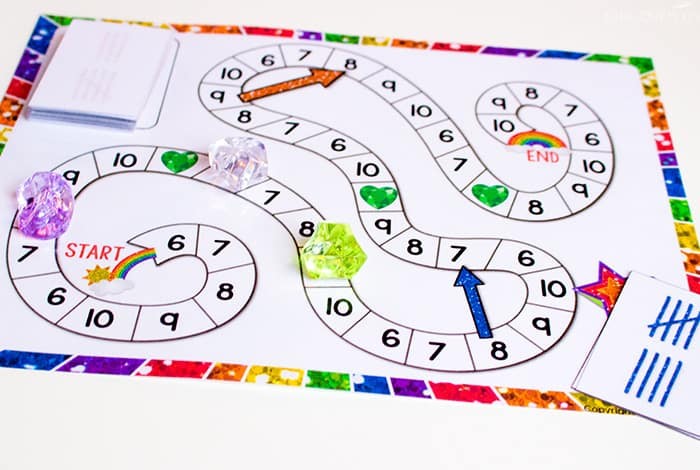 |
| Photo: Life Over C's |
Learning to count is fun with this range of counting games. Start with the simple counting games and progress to counting a maximum of 15 objects. The games include matching and sequencing numbers activities and are suitable for Early Years Foundation Stage children.
It may never occur to your kid that they are doing anything more than playing in a counting game.
You will need:
- 11 paper cups
- 55 little objects (coins, beans, screws, cotton balls, etc.)
- Marker
How to:
Write the numbers 0 to 10 on each cup. Mix them up and ask your child to place the cups in order, from smallest to largest.
Give your kid the collection of 55 objects. They have to look at the number written on each cup and put the same number of objects inside that cup. Have your child count out loud as they do this.
Once the job is done, empty the cups and let your child check if the numbers and objects match.
What kids learn: This activity will teach the basic numbers and counting the numbers.
5. Sight Word Craft-Stick Puzzles
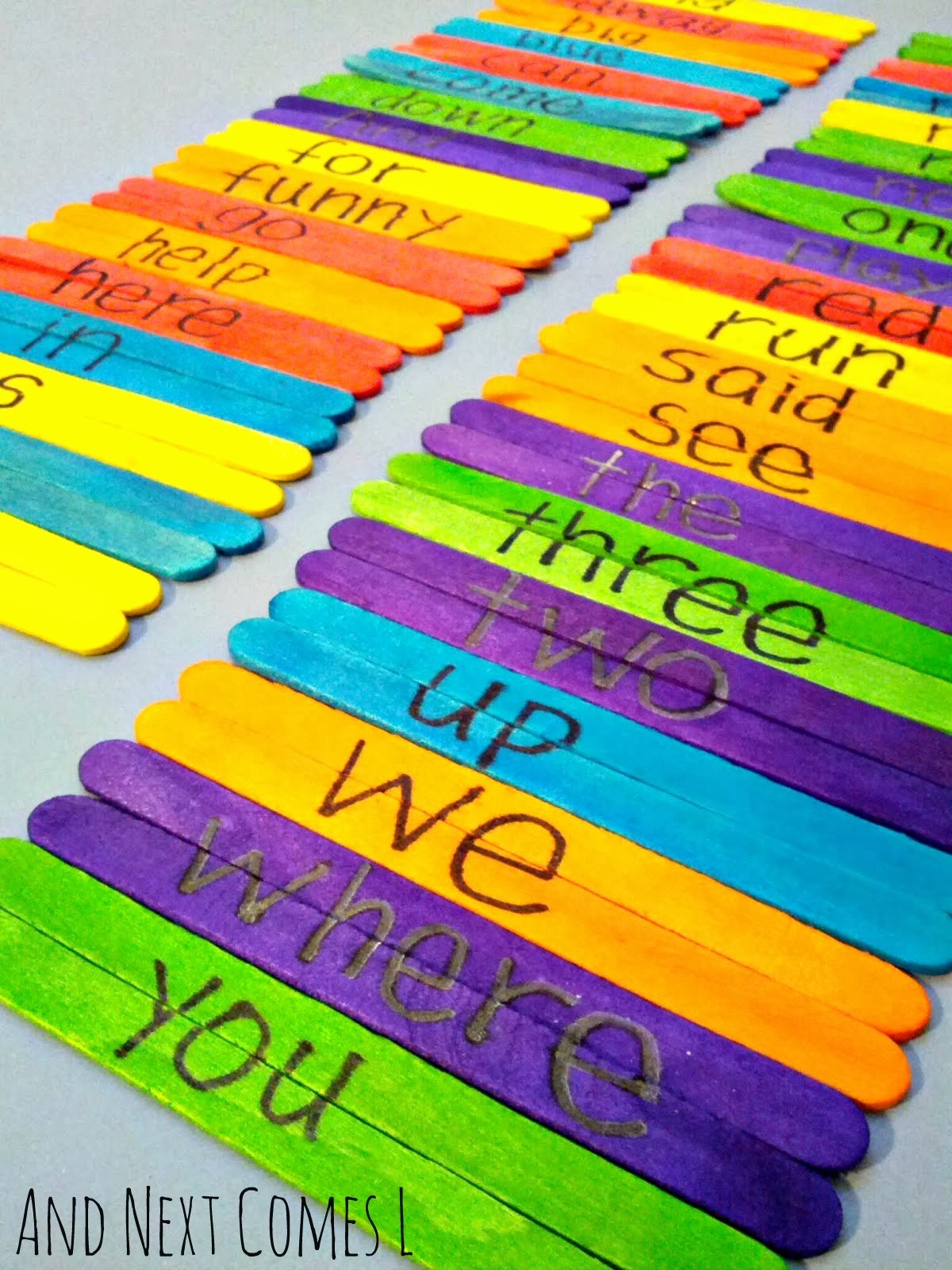 |
| Photo: And Next Comes L |
If you're practicing sight words, go beyond the run-of-the-mill flashcards with a craft-stick matching puzzle. You can tailor the words by grade level, and add more pairs as your kids become stronger readers.
6. Sight words memory game
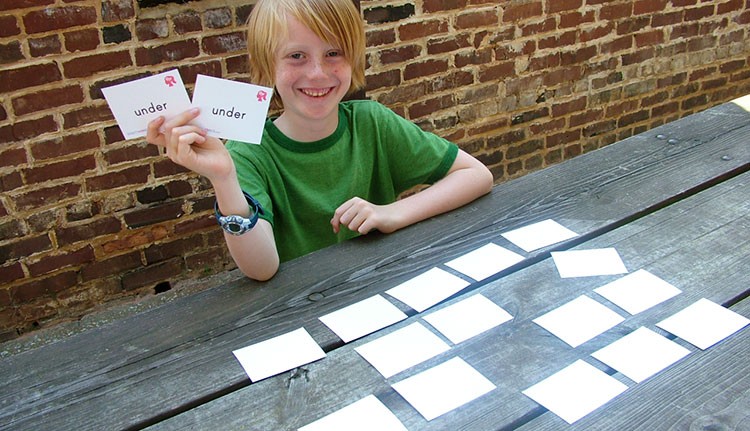 |
| Photo: Sight Words |
Children love to play guessing games. This is one such activity.
You will need:
- A word list
- A marker
- 80 index cards
How to:
1.You can choose the words based on your child’s age and vocabulary.
2.Ask your child to lay the index cards face-down, in a row, on the table.
3.They will rotate a card, see the word and read it aloud.
4.Then, they flip another card and read that aloud. However, if the two cards are not a match, he/she must keep them back again, face-down.
5.Repeat this until all the cards have been matched.
What kids learn: Your kids learn to sight words, build their vocabulary, improve their reading skills.
7. Design a weather calendar
 |
| Photo: Pinterest |
Little children are always excited about the weather. Do this activity, and you may soon have your meteorologist.
You will need:
- A blank calendar
- Color pencils
- Crayons or markers
How to:
Start with a blank calendar. Write the name of the month at the top and then have your kid fill in the boxes with the numbers of the month. Make sure the boxes have enough space to fit in a small image.
Keep the calendar where your child can see it.
Pick up a time to chat about the weather with your munchkin. Send them to the window and ask them to decide what type of weather it is – sunny, rainy, snowy, cloudy or partly cloudy.
Now, draw a picture of the weather in those boxes to record it. Ex: a sun for sunny, cloud with drops for rainy, asterisks for snow, etc.
At the end of the month, make your child count the number of days of that month with each one type of weather.
As your child gets used to this, they will be able to compare the weather of two months and make some predictions about upcoming months.
What kids learn: Your child will learn about seasons, weathers, calendars, days, weeks and months. They will also learn to organize data.
8. LEGO Coding Maze
 |
| Photo: Plano Public Library |
You don't need screens or apps to show kids the foundations of coding. Set up a simple LEGO maze, and give kids commands to get a minifigure to go through it. The mazes and concepts can get more sophisticated as the child gets older.
9. Classification game
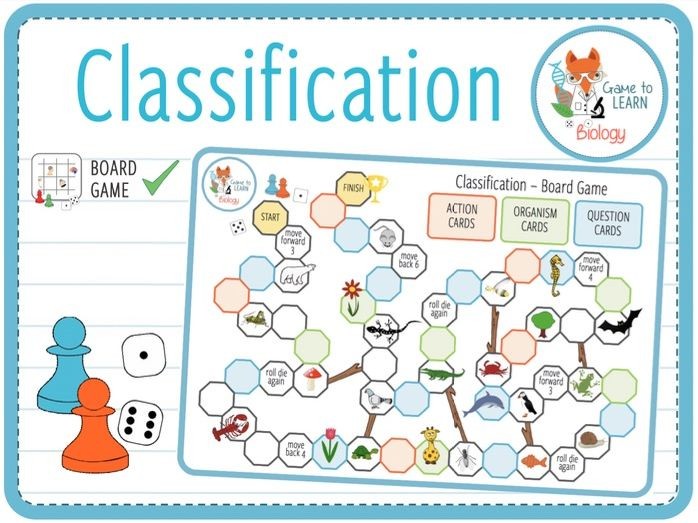 |
| Photo: Tes |
Kids learn to sort out objects and categorize things. Comparing things with each other is a baby step towards problem-solving and critical thinking.
You will need:
- A paper bag
- Household items like keys, pens, eyeglasses, coins, etc.
How to:
1.Place an everyday item inside your bag and then give cues to your kid to guess the object. Give them some time to think.
2.If you have hidden your lipstick, you might say, “It is red in color, a makeup product…Mama applies them to her lips. She wears it before a party. Can you guess?”
3.Repeat he hints until your kid gets the right answer.
Kids may have trouble guessing at first. Start off with everyday objects, and later add more unique items and challenge their thinking acumen.
What kids learn: To sort, identify and classify objects. It enhances their critical thinking abilities.
10. Backyard Treasure Hunt
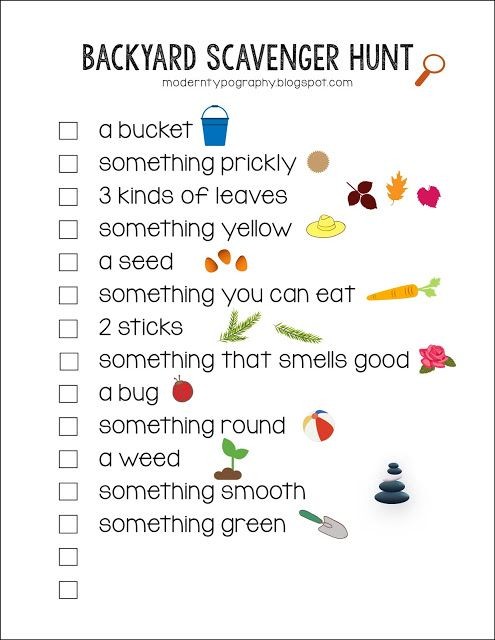 |
| Photo: Pinterest |
One way to sharpen those map-reading skills? Hide a treasure in the backyard and have the kids use a map to find it. It's even better if they can hide something from you and draw the map themselves.
 | Top 10 Must-visit Places in Southeast Asia The countries that fall in the Southeast Asia region have so much going for them, it's almost impossible to keep them off anybody's bucket list. ... |
 | Top 10 Most Stunning Beaches in Asia Whether you're craving a quiet sunset, digging your toes in the hot sand, or an active holiday parasailing or kayaking on turquoise waters, there's probably ... |
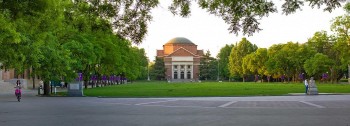 | Top 10 Best Universities In Asia Asia countries have many famous universities that will provide you with a great education and future job career, in which these 10 universities will be ... |
Recommended
 Handbook
Handbook
Vietnam Moves Up 8 Places In World Happiness Index
 Handbook
Handbook
Travelling Vietnam Through French Artist's Children Book
 Multimedia
Multimedia
Vietnamese Turmeric Fish among Best Asian Dishes: TasteAtlas
 Handbook
Handbook
From Lost to Found: German Tourist Thanks Vietnamese Police for Returning His Bag
 Handbook
Handbook
Prediction and Resolution for the Disasters of Humanity
 Handbook
Handbook
16 French Films To Be Shown For Free During Tet Holiday In Vietnam
 Handbook
Handbook
Unique Cultural and Religious Activities to Welcome Year of the Snake
 Handbook
Handbook

